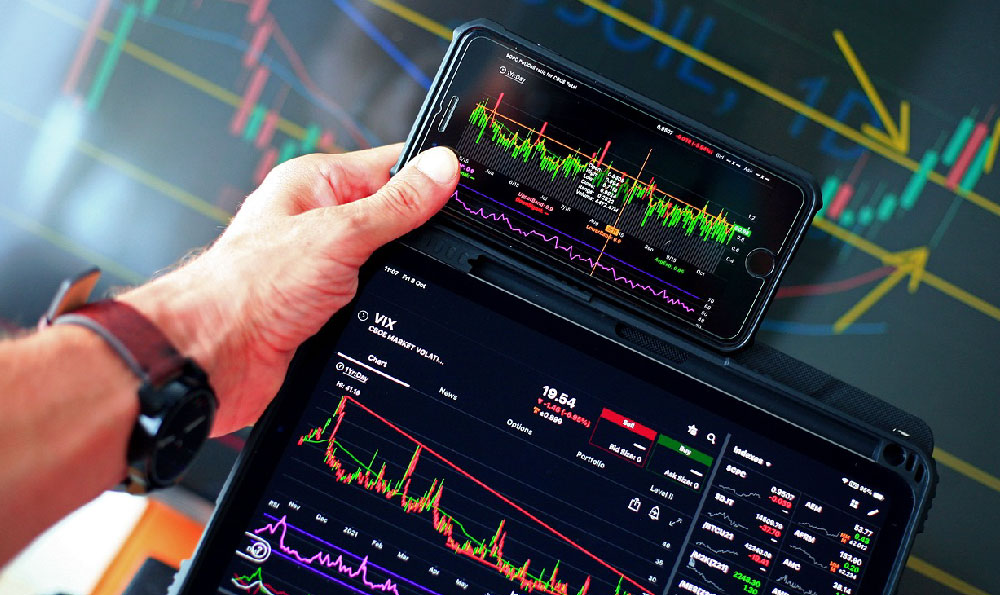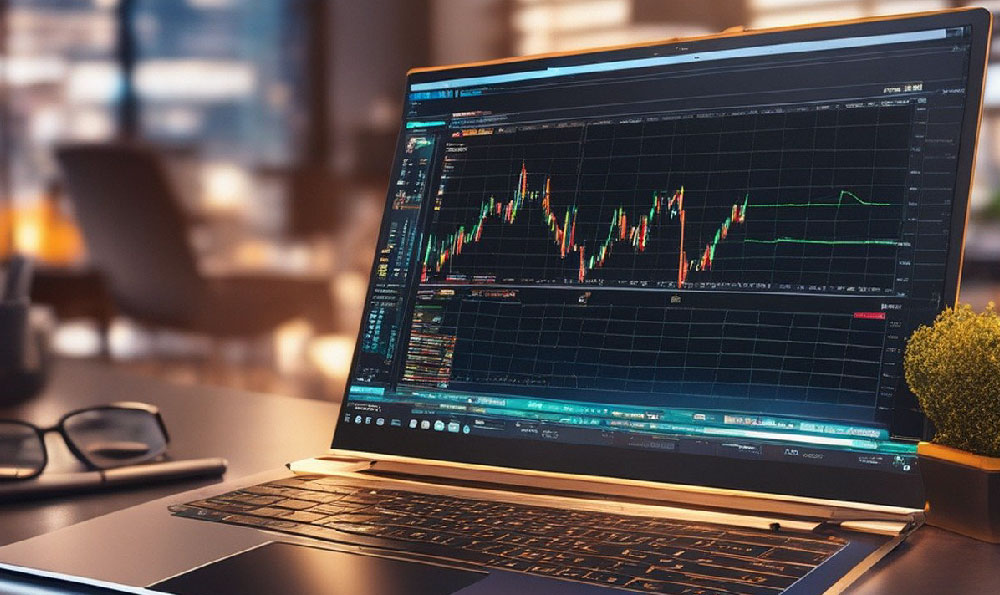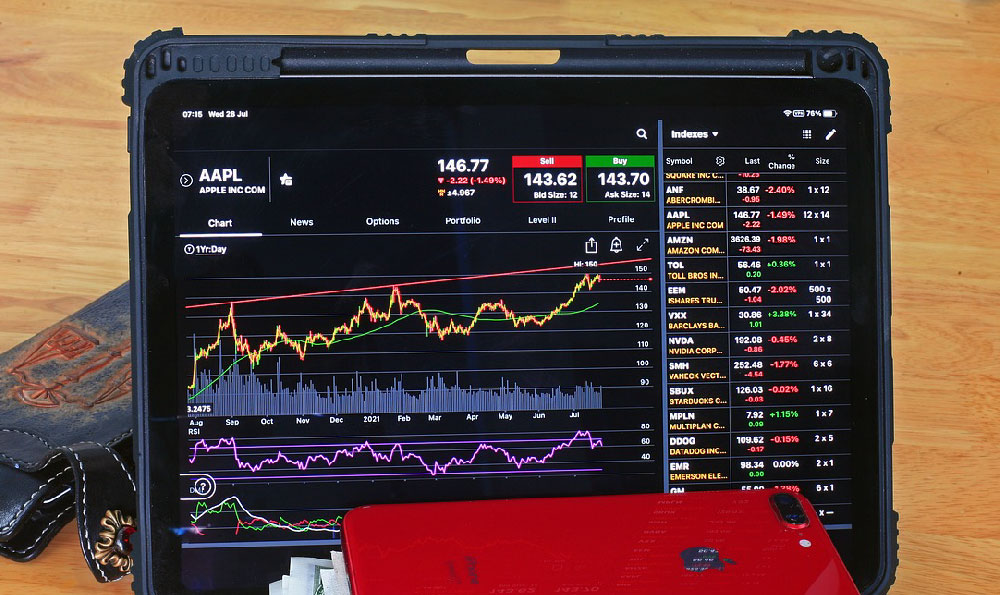GameFi Investments: What Are They and How Do You Get Started?

GameFi, a burgeoning sector at the intersection of gaming and decentralized finance (DeFi), presents both intriguing opportunities and inherent risks for investors. Understanding what it is, how it functions, and how to navigate its complexities is crucial before diving in.
GameFi essentially integrates blockchain technology into video games, allowing players to earn cryptocurrency and non-fungible tokens (NFTs) through gameplay. These digital assets can then be traded, staked, or used within the game's ecosystem, creating a "play-to-earn" (P2E) model. This innovative approach transforms gaming from a purely recreational activity into a potential income source, attracting a diverse audience of gamers, investors, and crypto enthusiasts.
The appeal of GameFi lies in its potential for financial rewards and the ownership of in-game assets. Unlike traditional games where players accumulate virtual items that hold no real-world value, GameFi allows players to own and trade their digital assets, effectively turning them into stakeholders in the game's economy. Successful players can generate income by completing quests, battling other players, or simply holding valuable NFTs.

However, approaching GameFi investments requires a cautious and informed strategy. The market is relatively new and highly volatile, with projects often subject to rapid price swings and regulatory uncertainty. Before allocating capital, it's imperative to conduct thorough research and due diligence.
Firstly, understanding the fundamentals of the game itself is crucial. Evaluate the gameplay mechanics, graphics, user interface, and overall user experience. A well-designed and engaging game is more likely to attract a larger player base, which can positively impact the value of its in-game assets. Look for games that offer a sustainable and balanced economy, where earning opportunities are distributed fairly among players. Games that heavily favor early adopters or "whales" may not be a viable long-term investment.
Secondly, scrutinize the underlying blockchain technology and the tokenomics of the game's native token. Understand the token distribution, supply cap, and utility within the game's ecosystem. Is the token used for governance, staking, or in-game purchases? A well-designed tokenomic model can incentivize participation and contribute to the long-term stability of the token's value. Investigate the blockchain network the game is built upon. Consider factors such as transaction fees, scalability, and security. Ethereum, while popular, can suffer from high gas fees, making smaller transactions costly. Newer blockchain solutions like Polygon, Solana, and Binance Smart Chain offer faster and cheaper transactions, making them attractive alternatives.
Thirdly, thoroughly investigate the development team and their track record. Are they experienced in game development, blockchain technology, and cryptocurrency? A reputable and transparent team is more likely to deliver on their promises and build a successful game. Look for projects with active community engagement and open communication channels. Transparency and responsiveness are crucial indicators of a team's commitment to their project.
Fourthly, assess the potential risks associated with the project. GameFi projects are often susceptible to scams, rug pulls, and other fraudulent activities. Be wary of projects that promise unrealistic returns or lack proper documentation. Always conduct your own research and never invest more than you can afford to lose. Also, consider the regulatory landscape. The legal and regulatory framework surrounding GameFi is still evolving, and projects may face scrutiny from regulators in different jurisdictions. Stay informed about the latest developments and be prepared for potential regulatory changes that could impact the value of your investments.
In terms of getting started, there are several avenues to explore. You can directly purchase the game's native token on cryptocurrency exchanges or through decentralized exchanges (DEXs). Alternatively, you can acquire NFTs from the game's marketplace or from secondary marketplaces like OpenSea or Rarible. Before purchasing any assets, make sure to understand the associated risks and conduct your own due diligence.
Actively participate in the game's community and engage with other players. This can provide valuable insights into the game's dynamics and potential earning opportunities. Explore different earning strategies and identify the ones that align with your risk tolerance and investment goals. Some players may prefer to focus on completing quests and earning small amounts of cryptocurrency regularly, while others may prefer to invest in rare NFTs and hope for significant price appreciation.
Diversification is also key in GameFi investments. Don't put all your eggs in one basket. Spread your investments across multiple projects to mitigate risk. Investing in a diverse portfolio of GameFi projects can help to cushion the impact of any potential losses.
Finally, remember that GameFi is still in its early stages, and the market is constantly evolving. Stay informed about the latest trends and developments, and be prepared to adapt your investment strategy as needed. Continuous learning and research are essential for success in this dynamic and rapidly changing landscape. Patience, diligence, and a well-thought-out strategy are your best defenses against the inherent volatility of this nascent market. While the potential rewards are substantial, the risks are equally significant, demanding a measured and informed approach to participation.















